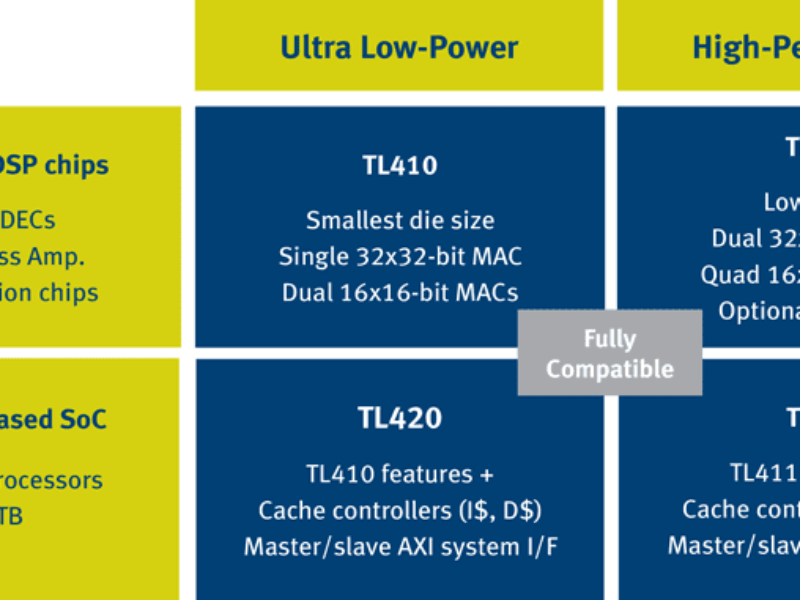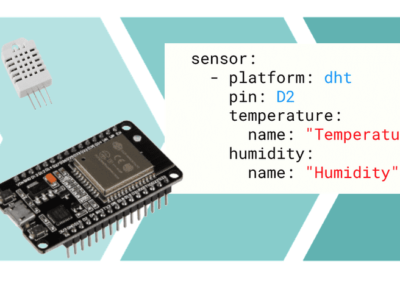
Architectural changes and Android code boost low power DSP core performance
The architectural enhancements incorporated into the CEVA-TeakLite-4 v2 include new power optimization features to the instruction set architecture (ISA) and power scaling unit (PSU) that facilitate even lower power consumption of up to 20%. For further die size optimizations, the latest architecture release enables a reduction in code size of up to 30% for key audio and voice codecs, significantly improving overall system cost. Enhancements also include 50 new instructions, improved 64-bit data processing support, scalable data bandwidth up to 128-bit and a robust system interface that spans from low-power AHB bus to high-performance AXI bus with various master/slave configurations. The CEVA-TeakLite-4 v2 architecture framework is now deployed across the family of CEVA-TeakLite-4 cores, namely the CEVA-TL410, CEVA-TL411, CEVA-TL420 and CEVA-TL421.
“With more than 3 billion CEVA-powered audio and voice devices shipped to date, the CEVA-TeakLite DSP family has been the undisputed industry leader for more than a decade. The CEVA-TeakLite-4 has added to this legacy with more than ten design wins to date, many of which cite the outstanding PPA (power, performance and area) results achieved during evaluation. The latest enhancements that we have introduced as part of the CEVA-TeakLite-4 v2 release provide further PPA optimization and increased performance for audio and voice applications, allowing our customers to truly differentiate any audio/voice enabled product,” said Eran Briman, vice president of marketing at CEVA.
The need to support advanced audio and voice functionality in the mobile, consumer electronics and automotive markets continues to expand rapidly as companies adopt new, value-added features such as ‘always-on’ contextual awareness, active noise cancellation and super wideband voice, all aimed at improving the user experience and differentiating their products. With the release of the CEVA-TeakLite-4 v2 DSP architecture, CEVA has addressed these DSP processing intensive use-cases with further precision and efficiency, while also delivering the highest performance for home entertainment and other advanced HD audio applications.
To further assist customers with system integration of the CEVA-TeakLite-4 DSP cores in Android-based devices, CEVA is providing the AMF (Android Multimedia Framework), a proprietary framework enabling audio tasks to be seamlessly offloaded from CPU to the CEVA-TeakLite-4 DSP, allowing up to 8x in power savings.
www.ceva-dsp.com/CEVA-TeakLite-4
 If you enjoyed this article, you will like the following ones: don't miss them by subscribing to :
eeNews on Google News
If you enjoyed this article, you will like the following ones: don't miss them by subscribing to :
eeNews on Google News



